Maximizing Supply Chains with Current Tariff Wars between USA, EU, and China: Proven Strategies

Introduction: The New Era of Global Trade Tensions
In today’s ever-changing economic landscape, Maximizing Supply Chains with Current Tariff Wars between USA, EU, and China has become not just a strategic advantage but a necessity. Trade disputes have escalated to the point where businesses across sectors must rethink their sourcing, logistics, and manufacturing strategies to stay competitive. The interconnected nature of global trade means that a tariff imposed halfway across the world can ripple through supply chains almost instantaneously.
Understanding Tariff Wars: USA, EU, and China in Focus
Brief History of Global Tariff Disputes
Tariff wars aren’t new. From the Smoot-Hawley Tariff Act during the Great Depression to the more recent disputes between the USA and China, tariffs have long been wielded as economic weapons. However, the scale and complexity of today’s disputes, involving not just bilateral tensions but multilateral strains, are unprecedented.
Key Players and Current Tariffs in Effect
The USA, EU, and China are engaged in a complex web of tariff impositions and retaliations. From American tariffs on Chinese electronics to EU duties on American whiskey and Chinese textiles, the current tariff environment demands a strategic, agile response from global supply chain managers.
Impact of Tariff Wars on Global Supply Chains
Cost Increases and Production Shifts
One immediate impact is the rise in production costs. Companies must either absorb these costs, pass them onto consumers, or find new production hubs to minimize impact. For example, several tech giants have shifted parts of their manufacturing from China to Southeast Asia.
Market Volatility and Inventory Challenges
Tariffs introduce uncertainty. Companies may overstock to beat tariff deadlines, leading to bloated inventories, or understock, risking shortages. Agile inventory management is now a key differentiator in supply chain success.
Why Supply Chain Maximization Matters More Than Ever
Today’s environment demands that supply chains aren’t just efficient — they must also be resilient and flexible. By maximizing supply chains, companies can safeguard against external shocks, minimize disruptions, and maintain competitive advantages.
Key Strategies for Supply Chain Resilience Amid Tariffs
Diversifying Supplier Base
Relying on a single supplier — especially one based in a tariff-affected region — is now a high-risk strategy. Companies are diversifying suppliers across multiple regions to mitigate exposure.
Nearshoring and Onshoring Trends
Nearshoring (moving production closer to the point of sale) and onshoring (bringing production back home) are growing trends, especially in industries like automotive and textiles.
Building Multi-Regional Supplier Networks
Smart companies are creating a network of suppliers across Asia, Latin America, and Eastern Europe to pivot quickly as needed.
Leveraging Digital Supply Chain Technologies
Blockchain for Supply Chain Transparency
Blockchain technology allows businesses to trace the origin of goods with absolute certainty, ensuring compliance and reducing risks tied to tariffs and regulatory changes.
AI and Predictive Analytics for Demand Forecasting
AI tools are revolutionizing supply chains, enabling predictive insights that help companies adjust production and logistics in real time in response to tariff changes.
Case Studies: How Top Companies Adapted to Tariff Wars
Apple’s Supply Chain Diversification
Apple has made significant moves to diversify its supply chain beyond China, including investing in production facilities in India and Vietnam, reducing dependency risks.
Automotive Industry Adjustments
Car manufacturers, faced with fluctuating tariffs on parts and finished vehicles, have reshaped supply networks, investing heavily in North American and European facilities.
Risk Management Techniques for Global Supply Chains
Scenario Planning and Contingency Strategies
Businesses are increasingly using scenario planning tools to prepare for multiple potential futures, ensuring rapid response when tariffs shift suddenly.
Insurance and Financial Hedging against Tariff Risks
Trade credit insurance and currency hedging are two ways companies can protect themselves financially from the unpredictable nature of tariff wars.
The Role of Trade Agreements and Alliances
New Trade Routes and Agreements (e.g., CPTPP, RCEP)
New alliances like the Comprehensive and Progressive Agreement for Trans-Pacific Partnership (CPTPP) and the Regional Comprehensive Economic Partnership (RCEP) offer alternative trade pathways that can help businesses bypass some tariff barriers.
Impact of WTO and Future Prospects
While the World Trade Organization (WTO) aims to mediate trade disputes, its effectiveness has been questioned. Future reforms may shape how tariff wars evolve.
Predictions: The Future of Supply Chains Post-2025
Technological Evolution
Expect supply chains to become even more digitized, with AI, robotics, and blockchain playing central roles in future-proofing operations.
Political and Economic Shifts
The global balance of power is shifting. Supply chains will increasingly need to adapt to new political realities, including emerging markets rising as alternative production hubs.
FAQs: Supply Chains and Tariff Wars
Q1: What is the biggest risk to supply chains during tariff wars?
A1: The biggest risks include cost increases, supply shortages, and regulatory uncertainties.
Q2: How can companies protect themselves from sudden tariff changes?
A2: Diversification of suppliers, scenario planning, and leveraging trade agreements are crucial.
Q3: Are there technologies that help manage tariff impacts on supply chains?
A3: Yes, blockchain, AI, and predictive analytics are powerful tools for navigating tariff uncertainties.
Q4: What industries are most affected by current tariff wars?
A4: Technology, automotive, agriculture, and manufacturing are heavily impacted.
Q5: How important is nearshoring in current supply chain strategies?
A5: Extremely important — nearshoring reduces transportation risks and tariff exposure.
Q6: Will supply chains ever return to pre-tariff war conditions?
A6: It’s unlikely. The new focus will be on resilience and agility rather than just cost efficiency.
Conclusion: Future-Proofing Supply Chains in a Turbulent World
Maximizing Supply Chains with Current Tariff Wars between USA, EU, and China is no longer optional — it’s a strategic imperative. Businesses that adapt swiftly, diversify wisely, and invest in technology will thrive despite ongoing trade tensions. By embracing resilience, innovation, and proactive risk management, supply chains can not only survive but flourish in this new era of global commerce.


